“Nitric Acid 68% conc 35kg” has been added to your cart. View cart
“Nitric Acid 68% conc 35kg” has been added to your cart. View cart
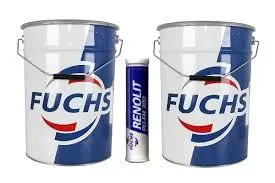
Renolit Duraplex ep 2, 3
KSh4,800.00 Original price was: KSh4,800.00.KSh4,700.00Current price is: KSh4,700.00.

Italtex super
KSh5,800.00 Original price was: KSh5,800.00.KSh5,600.00Current price is: KSh5,600.00.
Titan Fuel Plus
KSh5,800.00 Original price was: KSh5,800.00.KSh5,500.00Current price is: KSh5,500.00.
SKU:
ACS89448CHEM0
Categories: Catalysts, Surfactants
Reviews (0)
Be the first to review “Titan Fuel Plus” Cancel reply
Shipping & Delivery
Related products
Bleaching Earth 25kg
Tonsil bleaching earth, also known as activated bleaching clay or activated bleaching earth, is a type of natural clay material that has been specially processed to exhibit highly adsorptive properties. It is commonly used in various industries, particularly in the edible oil and fats industry, for the purpose of bleaching or purifying oils and fats.
The term "tonsil" in tonsil bleaching earth refers to the original method of production, which involved using a type of clay called "montmorillonite," named after the Montmorillon region in France. However, modern tonsil bleaching earth may not necessarily contain montmorillonite and can be derived from other clay minerals as well.
Tonsil bleaching earth works through a process called adsorption, where it attracts and binds impurities such as pigments, trace metals, free fatty acids, and other contaminants present in oils and fats. These impurities are adsorbed onto the surface of the clay particles, resulting in the purification of the oil or fat.
The term "bleaching" in tonsil bleaching earth does not refer to the traditional meaning of removing color, but rather to the removal of undesirable substances that can affect the quality, stability, and appearance of oils and fats. The bleaching process helps to improve the taste, odor, and shelf life of the final product.
In summary, tonsil bleaching earth is a specially processed clay material used in industries, primarily the edible oil and fats industry, for the purpose of adsorbing and removing impurities to enhance the quality and stability of oils and fats
Hydrochloric Acid ( HCL ) 40 kg
Hydrochloric acid (HCl) is a strong, colorless, and highly corrosive acid that is widely used in industry and laboratory applications. It is a solution of hydrogen chloride gas in water and is commonly known as muriatic acid. Hydrochloric acid is a highly reactive compound that can dissolve many metals and organic materials, and it is also an important component of the gastric acid in the stomach, where it helps in the digestion of food. Hydrochloric acid has a pungent odor and can cause severe burns and eye damage if handled improperly. It is commonly used in the production of PVC plastics, fertilizers, and various other chemicals, and it is also used in the petroleum industry for the removal of impurities from oil and gas wells.
Manganous dihydrogen phosphate
Manganous dihydrogen phosphate, often represented by the chemical formula Mn(H2PO4)2, is a chemical compound composed of manganese (Mn), hydrogen (H), phosphorus (P), and oxygen (O). It's an inorganic salt that's commonly used in various industrial applications.
Manganous dihydrogen phosphate can be prepared by reacting manganese(II) carbonate or manganese(II) hydroxide with phosphoric acid:
MnCO3 + 2H3PO4 → Mn(H2PO4)2 + CO2 + 2H2O
Or
Mn(OH)2 + 2H3PO4 → Mn(H2PO4)2 + 2H2O
This compound has applications in areas such as:
- Chemical Industry: It can be used as a source of manganese in the production of other manganese compounds.
- Phosphating Agent: It's utilized in the phosphating process, where metal surfaces are treated with a phosphate coating to improve corrosion resistance, paint adhesion, and lubrication.
- Fertilizers: Manganese is an essential micronutrient for plants. Manganous dihydrogen phosphate can be used in fertilizer formulations to provide manganese to plants.
- Catalysis: Compounds containing manganese are sometimes used as catalysts in various chemical reactions.
Nitric Acid 68% conc 35kg
Rated 5.00 out of 5
Nitric acid is a strong, highly corrosive mineral acid with the chemical formula HNO3. It is a colorless liquid that is soluble in water and can release nitrogen oxides when heated. Nitric acid is widely used in the manufacture of fertilizers, dyes, explosives, and other chemicals, as well as in the etching of metals and the purification of metals and semiconductors. It is also used in laboratory settings as a reagent for various chemical reactions.
Sodium Disilicate 25kg
Sodium Nitrite
Tartaric Acid 500gm
Tartaric acid is a naturally occurring organic acid found in many plants, particularly in grapes, bananas, and tamarinds. It is well-known for its significant role in the wine industry, where it helps stabilize the wine and contributes to its taste. Here are some key aspects and uses of tartaric acid:
Chemical Properties
- Chemical Formula: C4_44H6_66O6_66
- Molecular Weight: 150.09 g/mol
- Appearance: White crystalline powder
- Solubility: Soluble in water and alcohol
Natural Occurrence
Tartaric acid is widely found in nature, predominantly in fruits like grapes, apricots, and apples. The potassium salt of tartaric acid, known as potassium bitartrate or cream of tartar, is a byproduct of winemaking.Industrial Production
Commercially, tartaric acid is often produced as a byproduct of wine production. The process involves:- Extraction: The sediment left in wine barrels, known as "lees," is treated to extract potassium bitartrate.
- Purification: The crude potassium bitartrate is then purified and converted to tartaric acid.
Zinc Chloride 500gm
Zinc chloride (ZnCl₂) is a white crystalline solid that is highly soluble in water. It is hygroscopic, meaning it can absorb moisture from the air. Zinc chloride is commonly used in various industrial applications, such as a flux for soldering, a catalyst in organic synthesis, and a wood preservative. It also has uses in textile processing, chemical synthesis, and as a disinfectant. Due to its ability to dissolve in water and its caustic nature, it should be handled with care, using appropriate safety measures.

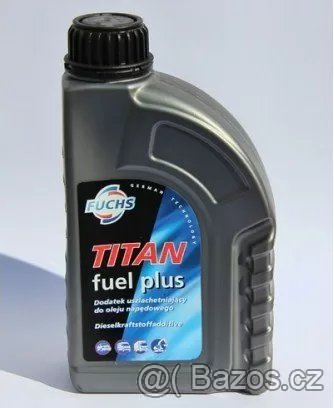
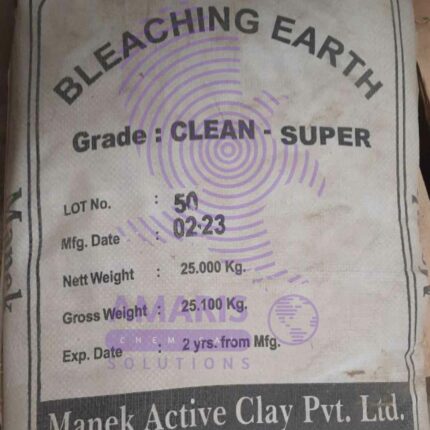
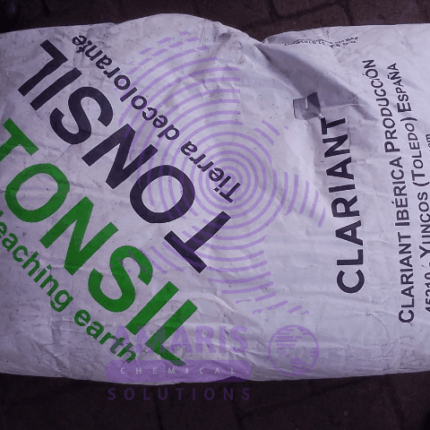
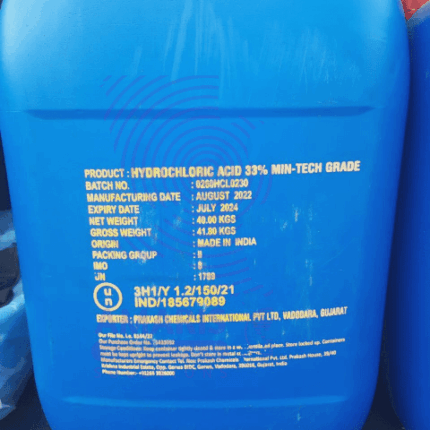
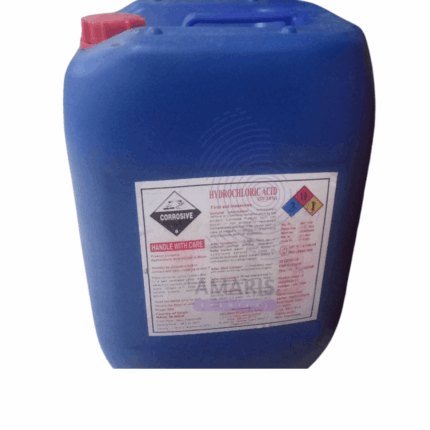
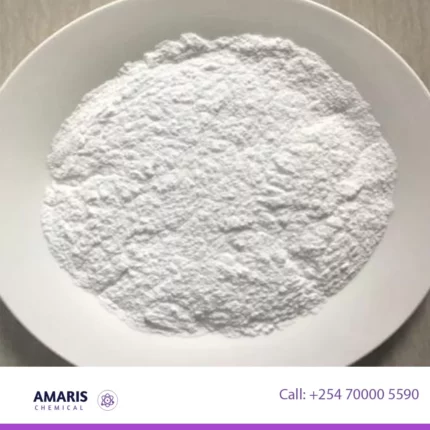
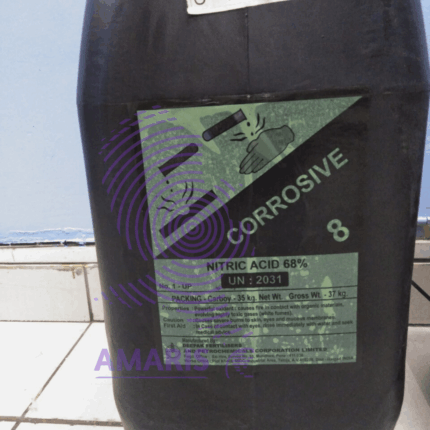
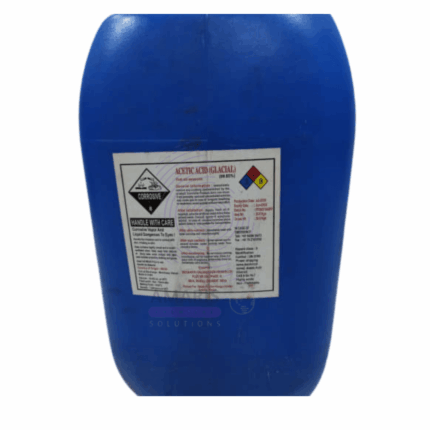
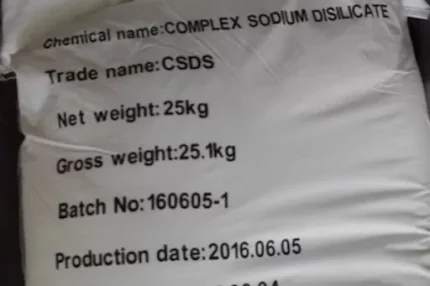
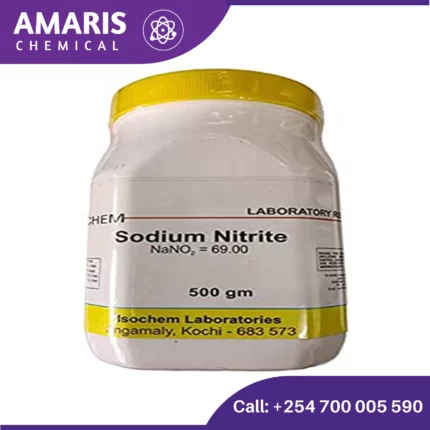
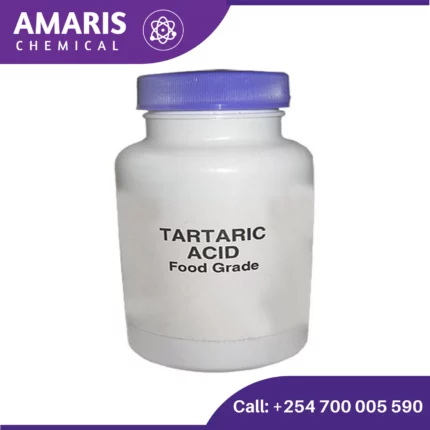








Reviews
There are no reviews yet.